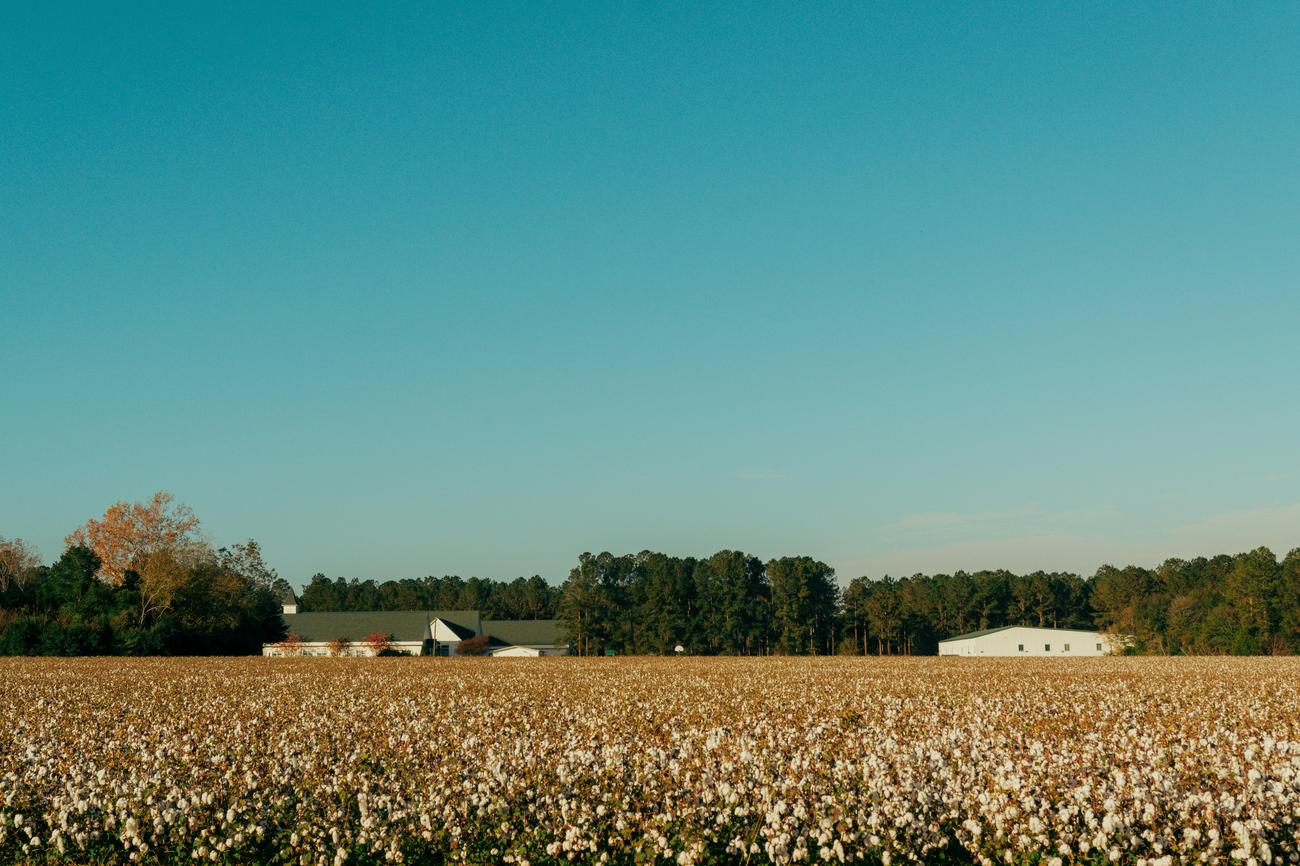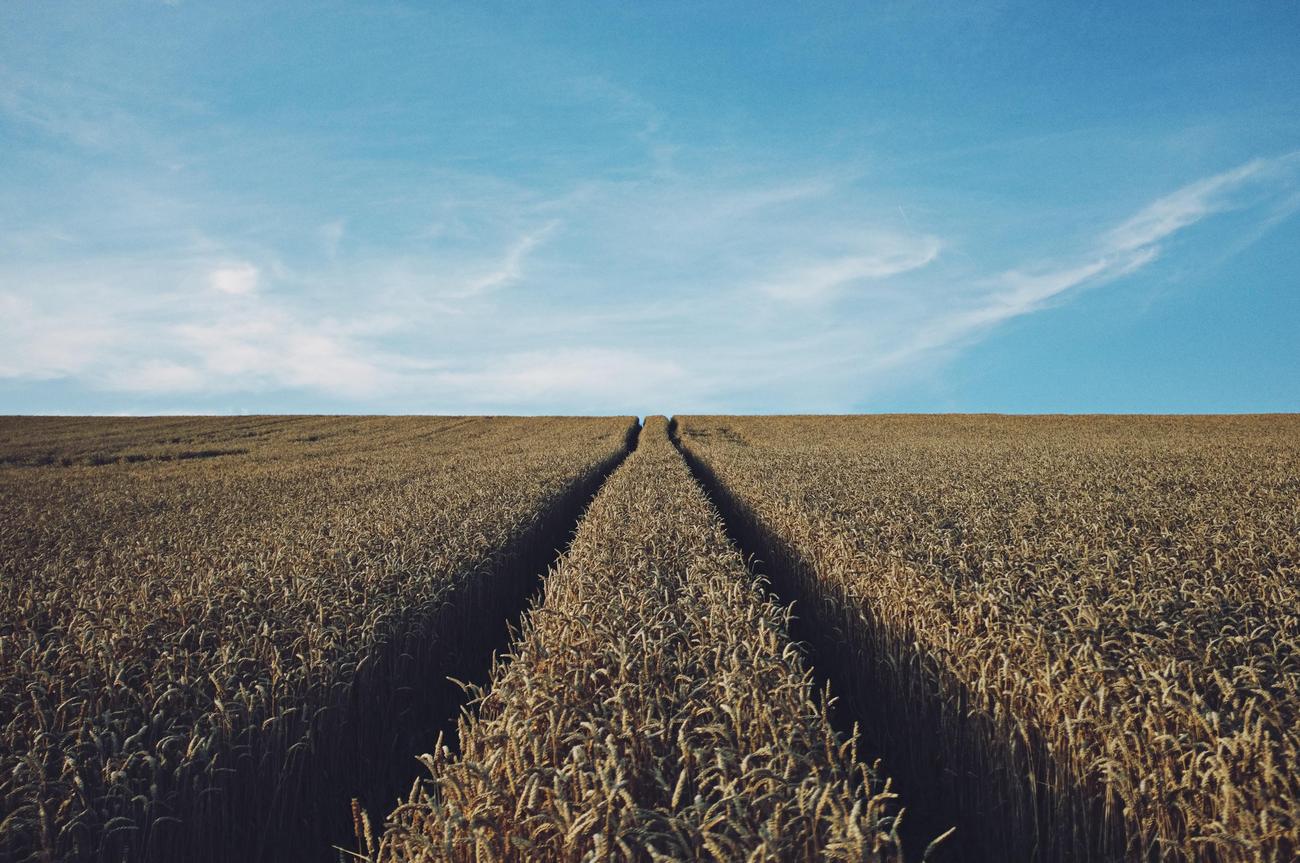Get ready to delve into the intriguing world of cotton cultivation! In this article, we will unearth a treasure trove of captivating and surprising facts about the process of growing this essential crop. As a seasoned agricultural journalist with a genuine passion for uncovering hidden wonders, I have meticulously researched and unravelled the intricacies of cotton farming. From the ancient techniques of planting to the cutting-edge innovations in harvesting and processing, we will explore the challenges faced by cotton farmers worldwide and shed light on the astonishing aspects that make this industry so unique. So, prepare to be enthralled as we embark on a journey through the fascinating cultivation of cotton.
Fascinating Facts About Cotton Cultivation
Cotton, the most widespread profitable non-food crop globally, has a fascinating history and holds a significant place in the agricultural industry. Let’s dive into some intriguing facts about cotton cultivation that will surely leave you in awe.

1. A Pillar Crop with Global Impact
Cotton plays a vital role in the livelihoods of over 250 million people worldwide, particularly in developing countries. An astonishing 7% of the labor force in these regions depends on cotton farming for their income. It’s truly remarkable how this humble crop touches so many lives.
“Cotton cultivation empowers millions and serves as a cornerstone of economic sustenance for farming communities.”
2. The Basis of Our Textiles
Step into any clothing store, and you’ll find that almost half of the textiles are made from cotton. From soft and breathable t-shirts to warm and cozy denim, cotton embraces us in everyday life. Its versatility and comfort make it a cherished fabric that we can’t go without.
“Cotton, woven into textiles that wrap us in comfort, is at the heart of fashion, craftsmanship, and self-expression.”
3. Water Efficiency in Cultivation
While water is a precious resource, cotton farmers have ensured responsible water usage. Surprisingly, the water used to grow cotton amounts to only about 3% of the world’s overall agricultural water use. Cotton cultivation’s relatively low water footprint highlights the industry’s commitment to sustainability.
“Cotton farmers are at the forefront of water stewardship, utilizing resources judiciously to minimize environmental impact.”
4. Sustainable Cotton Farming
In the United States, the majority of cotton (64%) grows solely on natural rainfall. With a significant reduction of 75% in irrigation water use, American cotton farmers have made remarkable strides in sustainable farming practices. Cotton’s neutral greenhouse gas footprint further establishes it as an environmentally friendly crop.
“U.S. cotton production mirrors nature’s balance, relying on rainfall and making conscious efforts to mitigate greenhouse gas emissions.”
5. Leading the Cotton Export Market
When it comes to global cotton exports, the United States takes the lead, with its cotton-rich state of Texas contributing significantly. The immense scale of U.S. cotton production and its top-quality fibers cements its position as a major player in the international market.
“The United States shines as a beacon in the cotton export market, showcasing exceptional quality and contributing to the world’s textile needs.”
6. India’s Cotton Powerhouse
As we explore the wide realm of cotton farming, it’s impossible to overlook India’s incredible contribution. With its perfect agro-climatic conditions and extensive cultivation efforts, India has become the world’s largest producer of cotton, further emphasizing its agricultural prowess.
“India, with its expansive cotton farms and unwavering dedication, adorns the crown of global cotton production.”
7. The Journey of Cotton
The life cycle of a cotton plant is a true marvel of nature. Sprouting from a seed in just 5-10 days, its roots reach deep into the soil to gather essential nutrients for growth. This incredible plant begins its journey in the spring, producing the first crops in the following autumn season.
“The cotton plant, emerging from a small seed, embarks on a remarkable journey, maturing into a vital cash crop for farmers.”
These fascinating facts about cotton cultivation offer a glimpse into the captivating world of this essential crop. From its global impact to its sustainable farming practices, cotton continues to play a significant role in our lives and the agricultural industry.
So, the next time you reach for that soft cotton t-shirt or admire the beauty of a cotton field, remember the hidden wonders and remarkable stories that lie within the realm of cotton farming.
“Cotton cultivation weaves together tales of human triumph, environmental stewardship, and the essence of bettering livelihoods worldwide.”
Cottontail rabbits are fascinating creatures that have captured the imagination of both wildlife enthusiasts and casual observers alike. Their fluffy tails and adorable appearance make them a popular subject of interest. However, there is so much more to these little creatures than meets the eye. If you’re curious to learn more, click here to discover three intriguing facts about cottontail rabbits. Happy exploring!

FAQ
Question 1: How many people depend on cotton cultivation for income?
Answer 1: Cotton cultivation provides income for over 250 million people worldwide.
Question 2: What percentage of textiles are made from cotton?
Answer 2: Approximately half of all textiles are made from cotton.
Question 3: How much water is used to grow cotton?
Answer 3: Water used to grow cotton only accounts for about 3% of the world’s agriculture water use.
Question 4: Which country is the largest producer of cotton?
Answer 4: India is the world’s largest producer of cotton.
Question 5: When is cotton planted and harvested?
Answer 5: Cotton is planted from March to June and harvested from August to December.
“`JSON
“`
- Star Ring Trends: Etsy vs Amazon - March 28, 2025
- Boost Pollinator Habitats: Baby Blue Eyes Sustainable Farming Guide - March 28, 2025
- Protect Big Black Bears: Effective Conservation Strategies - March 28, 2025
















